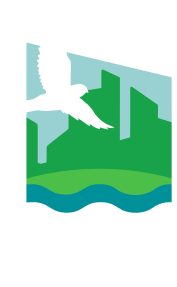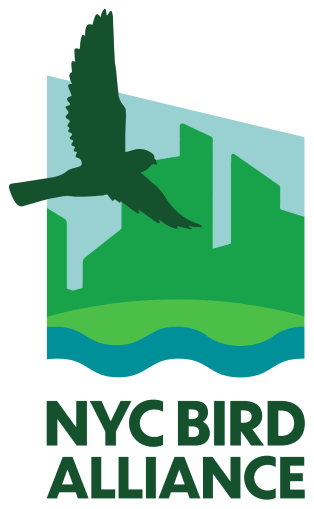A Tale of Two Egrets

Large photo: “Edgar” the Great Egret is photographed exploring the interior of Don Riepe’s house in Broad Channel, Queens. Inset Photo: Edgar outside Don’s house.
A Tale of Two Egrets
This article appears in the spring 2024 issue of The Urban Audubon.
Don Riepe | March 6, 2024
For most of my life, I lived happily at Broad Channel, Queens, with the birds outside. Until 15 years ago, when the birds started coming inside. As I sat on my dock in 2009 looking out at Jamaica Bay, a beautiful white Great Egret landed—and to my surprise—followed me into the house. I know we’re not supposed to feed wild animals but I couldn’t help myself and I offered the bird a fish. Soon, my new friend Egor the egret would stop by nearly every day for a snack. Egor was a gentle bird and would gingerly take the fish from my hand. She (I learned a few years later that Egor was female) quickly became a hit with my neighbors and the summer interns hired for the American Littoral Society. Every spring, she showed up in Jamaica Bay around April 1 and stayed until late October before she migrated south.
One spring morning in 2014, another egret visited my dock and chased Egor away. This individual was a little bigger with a deeper croak and more aggressive behavior—I knew this one was a male. I named him Edgar. It too started coming into my house, but now I had to figure out how to accommodate the two opposing genders, including on the occasions they came in at the same time and started flying through the house! One solution was to lure Edgar into a side room and lock him in until Egor was given some fish. Another was to train Egor to come to the upper deck out of Edgar’s sight and then feed her there.
Egor was a regular and reliable visitor for 10 years. Once she even showed up at my front door! But in 2020, Egor failed to return from her southern wintering area. To this day, Edgar still visits me at my house on the water in Jamaica Bay. Like Egor once did, he usually arrives in early April and stays through October, though last spring (2023) he came back in late March and didn’t leave the Bay until mid-November. This isn’t unusual—some egrets stay in New York well into December and have been seen on the annual Christmas Bird Count.
Over the years I’ve learned a lot about egret behavior and food preferences. Edgar for example rarely eats killifish and prefers Atlantic Silversides, a small baitfish that I catch in a trap or buy at a local bait shop. Once I ran out of silversides and gave him a small slice of salmon—which I soon learned was an expensive mistake because he now only wants salmon and refuses any other type of fish I give him. Fortunately, after the breeding season, he becomes somewhat shy and eats much less as he prepares to leave town.
Great Egrets nest at several of the NYC Bird Alliance Harbor Heron monitoring sites within Jamaica Bay along with Glossy Ibis, Snowy Egrets, Black-crowned Night Herons, and several other species of waders. While Great Egret populations are stable, other birds—including Glossy Ibis and Black-crowned Night Herons—are showing alarming population declines. (Our back cover highlights NYC Bird Alliance’s State of the Harbor Herons 2023 report, which details these findings.) While you don’t need to go as far as hand-feeding birds to understand them, the protection of these birds depends on monitoring and analyzing their behavior.
* Editor’s note: NYC Bird Alliance does not condone or encourage the feeding—or anthropomorphizing—of wild birds.
Discover the hidden world of NYC's majestic harbor herons with our annual State of the Harbor Herons report.


